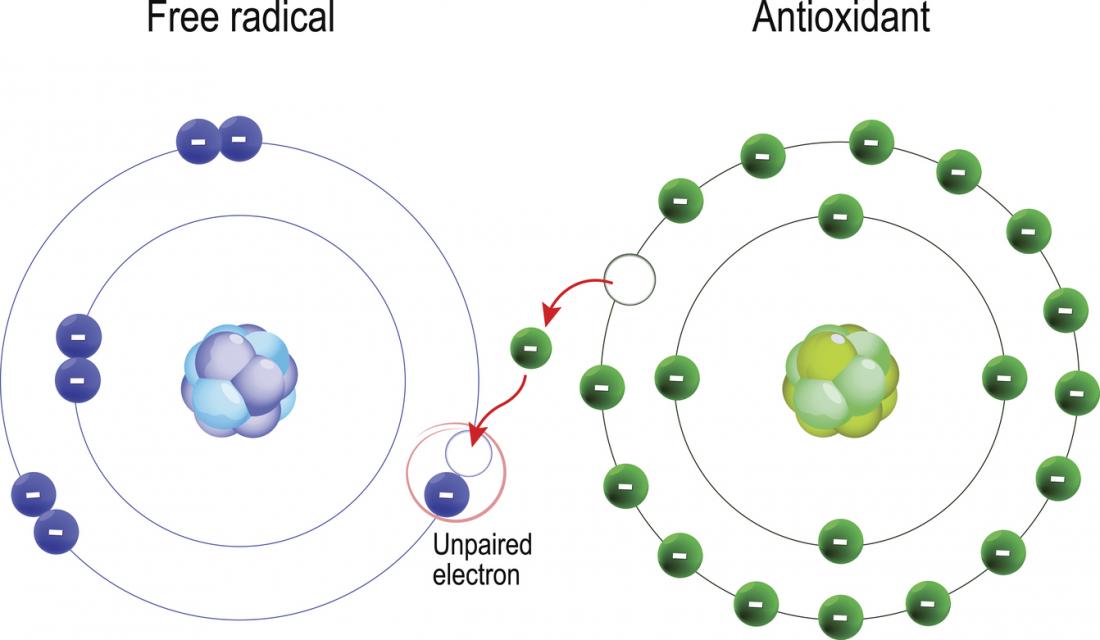June 22, 2024
What are free radicals?
Free radicals are highly reactive molecules or atoms that play a crucial role in various chemical and biological processes. Understanding their behavior and detecting their presence is essential to studying their involvement with disease progression, environmental pollution, and other biological and chemical systems.

Image via the Internet
Principles of EPR Spectroscopy
EPR spectroscopy utilizes the magnetic properties of unpaired electrons in paramagnetic substances. When samples containing such substances are subjected to magnetic fields and electromagnetic radiation, electron spin transitions occur, resulting in the absorption or emission of energy. By measuring the occurrence of these transitions, valuable information about the paramagnetic substance and its environment can be obtained.
Application of EPR Spectroscopy in Free Radical Detection
Electron Paramagnetic Resonance (EPR) spectroscopy, also known as Electron Spin Resonance (ESR), is a powerful analytical technique used to study paramagnetic species, including free radicals. Free radicals play a crucial role in various chemical and biological processes, and their detection and understanding are essential for a range of applications. Since free radicals have unpaired electrons, they can be detected and characterized using EPR spectroscopy. This report explores the application of EPR spectroscopy in free radical detection.
1. Chemical Reactions
EPR spectroscopy provides valuable insights into the kinetics and mechanisms of free radical reactions in chemical systems. By monitoring changes in the EPR spectra during a reaction, researchers can determine the formation and consumption rates of free radicals, elucidate reaction pathways, and assess the effectiveness of radical scavengers or inhibitors.
2. Biological Systems
In biological systems, free radicals are involved in several physiological and pathological processes. EPR spectroscopy can be employed to study the generation, localization, and reactivity of free radicals in living organisms. By using spin traps or spin probes that selectively interact with specific radicals, researchers can gain insights into oxidative stress, inflammation, and disease progression.
3. Material Science
Free radicals can be formed and trapped in materials during their synthesis or under specific conditions. EPR spectroscopy allows for the detection and characterization of these trapped radicals, enabling researchers to explore their effects on the material's properties. This information contributes to the development of materials with improved performance and stability.
Conclusions
EPR spectroscopy has proven to be a valuable tool in the field of free radical detection, with applications spanning a variety of fields, including chemical reactions, biological systems, and materials science. Through the use of EPR spectroscopy, researchers can gain insight into the nature, behavior, and effects of free radicals, and thus better understand the role of free radicals in a wide range of processes.
CIQTEK has been deeply engaged in the field of EPR technology for many years and has independently developed a variety of EPR spectrometers for different research purposes, including benchtop EPR, floor-standing EPR, continuous wave EPR, pulsed EPR, etc.